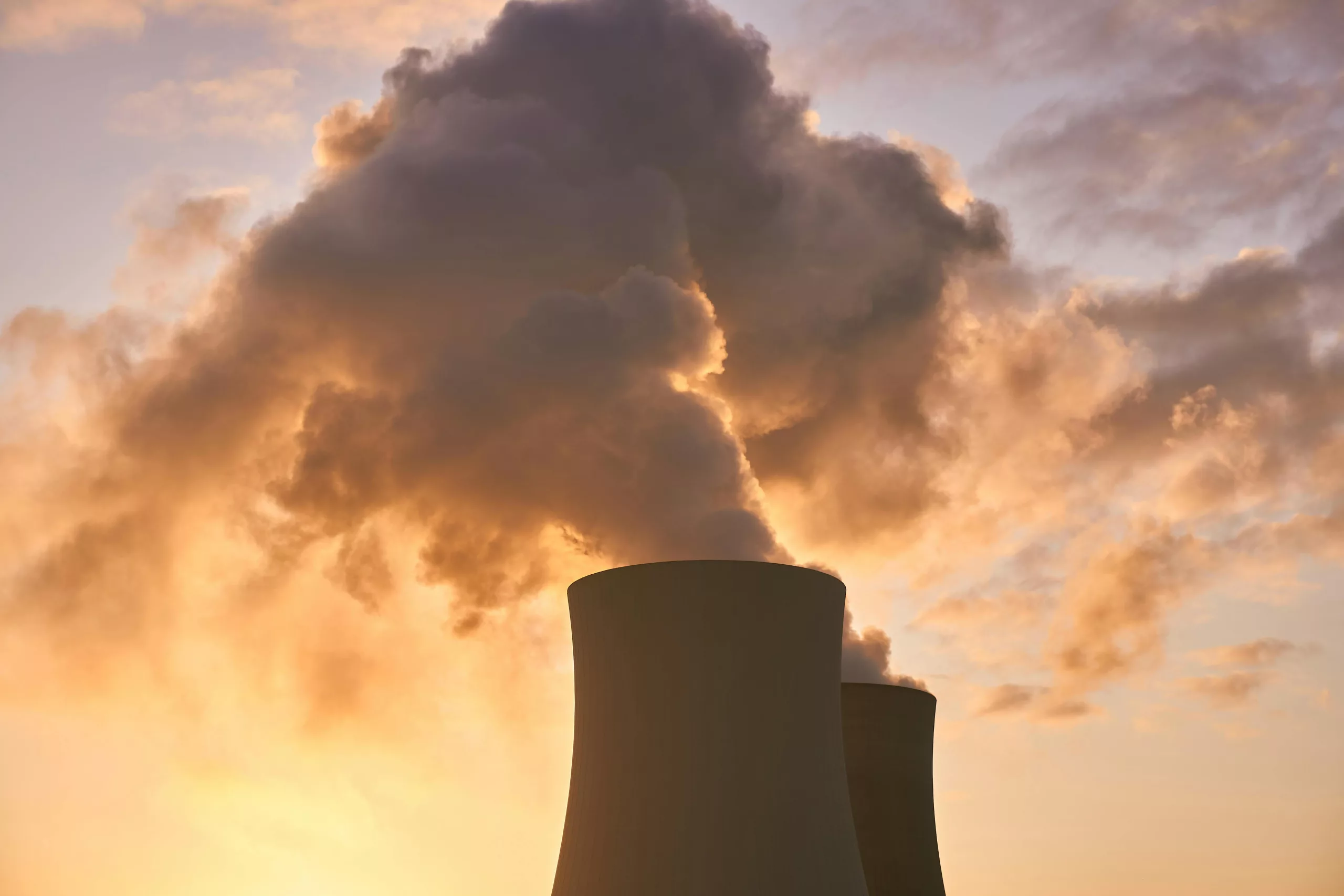Despite the burgeoning attention, carbon capture and sequestration (CCS) remains fraught with inefficiencies, ineffectiveness, and costliness. As the technology experiences a resurgence in the media, the significant obstacles it faces persist. Mark Z. Jacobson of Stanford provided insight on this issue in the context of Carbon Engineering‘s Direct Air Capture Plan, compiling the critical viewpoints into a comprehensive case study.
Carbon Engineering’s method has continually sparked discussions, including a challenge of our assessments by Leon di Marco—an independent energy researcher with a background in electronics, semiconductors, and communication, who now dedicates his expertise to large-scale solar power and synthetic fuels. Despite the company’s claims and his expertise, the numeric evaluations offer a different, less promising picture.
Is Carbon Engineering’s E-Diesel Really a Viable Alternative for Freight Transport?
Scrutinizing Carbon Engineering’s process that converts CO2 into synthetic diesel through a method developed by Greyrock Energy Inc., it’s apparent that it may not be the game-changer in sustainability it claims to be. Even with some potential process efficiencies, the comparison to electric solutions, like the Tesla Semi truck, highlights significant shortcomings in costs and CO2 emissions. In fact, a Tesla Semi could travel three times as far on the same energy, with only a fifth of the CO2 emissions and less than half the cost.
Focusing on freight transport, this synthetic diesel alternative presents a hefty price tag in eco-friendliness and cost-effectiveness. It reveals that, for the freight industry, electric trucks could slash fuel costs significantly, while Carbon Engineering’s solution would drastically increase them.
The Aviation Industry: Can Synthetic Jet Fuel Take Off?
Given that aircraft use accounts for about 8% of petroleum consumption in the US, there’s potential in exploring alternatives for aviation fuel. However, when comparison is made to the cost and CO2 emissions of existing alternatives, including those with established pathways in the 2016 NREL report on alternative jet fuels, Carbon Engineering’s synthetic fuel option is far more costly and less effective in emissions reduction.
The technology’s value in the aviation sphere is undercut by the availability of more cost-efficient and low-carbon biofuel options. The analysis shows that not only is Carbon Engineering’s method expensive, but it also fails to make a compelling case for emissions reductions compared to other available low-carbon fuels.
Assessing Carbon Engineering’s Market Viability
Considering all sectors—light to heavy trucks, cars, motorcycles, buses, trains, ships and military applications—none present a convincing use case for Carbon Engineering’s method. While the concept of capturing CO2 from the atmosphere is noble, the methods in question fail to outshine cheaper and more effective alternatives. Moreover, this is especially true in instances where electricity from renewable sources could replace fossil fuels both in power generation and transportation.
Ultimately, the analysis leaves Carbon Engineering’s approach lacking in competitive advantage, both in terms of innovation and contribution to significant knowledge in the sector. Their pathway, unfortunately, seems to be a reinforcement of the status quo rather than a breakthrough in reducing CO2 emissions. This lends credence to the view that Carbon Engineering might inadvertently serve as a strategic front for fossil fuel interests to appear invested in solving climate issues, without moving towards genuine solutions.
